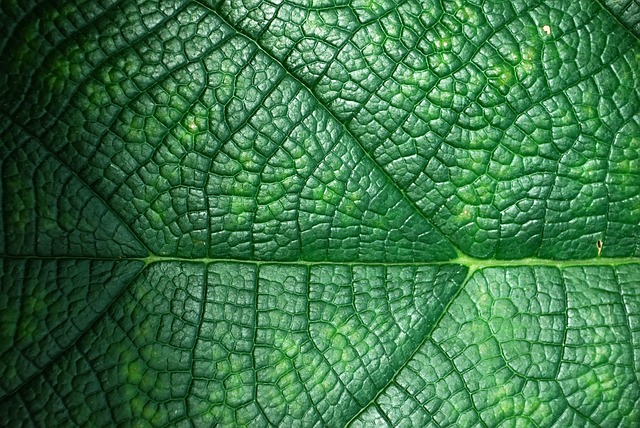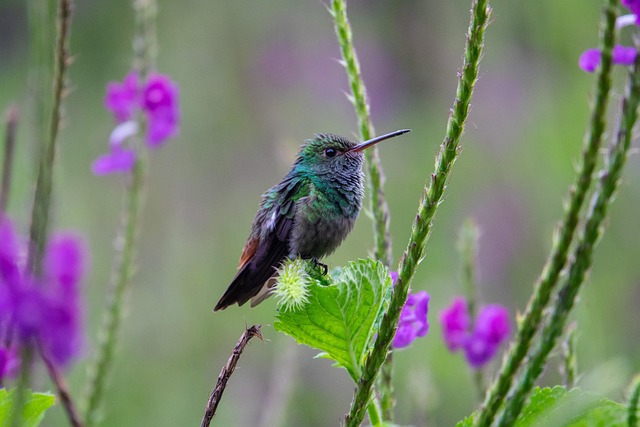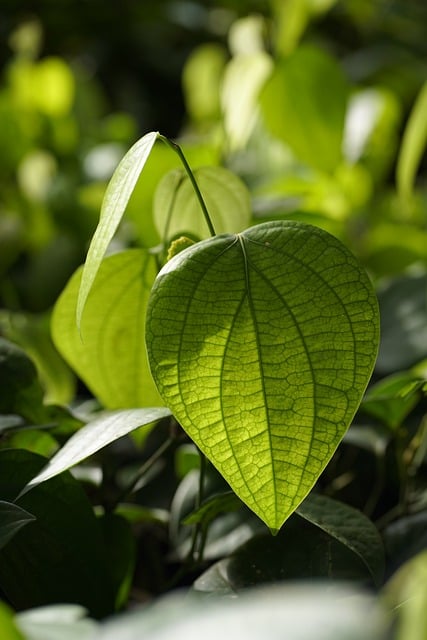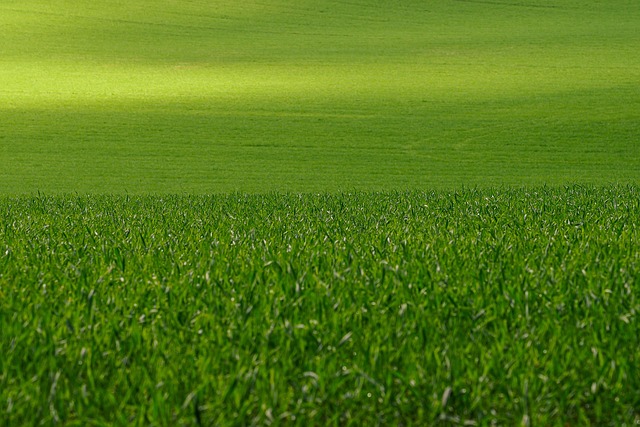Mulch and drip irrigation systems are key landscape features in real estate, boosting curb appeal while conserving water, regulating soil temperature, and enhancing plant health – all factors that prospective buyers highly value, making properties more attractive in a competitive market.
Elevate your real estate with effective landscaping strategies. This guide explores two powerful tools: mulch and drip irrigation systems. Mulch enhances soil health, suppresses weeds, and improves aesthetics, boosting property value. Drip irrigation systems offer precise water delivery, conserving resources and fostering robust plant growth. Learn how to set these techniques up effectively to create a vibrant, low-maintenance landscape that enhances your real estate investment.
Understanding Mulch: Benefits for Real Estate
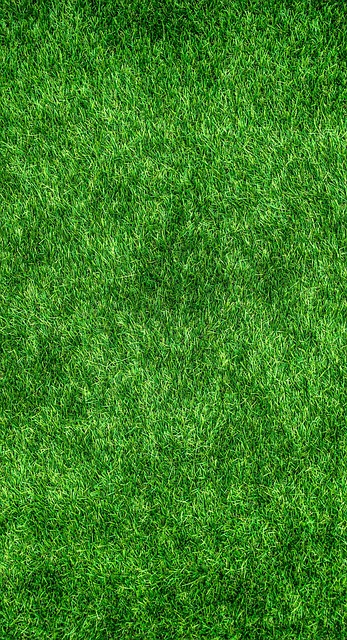
Mulch is a beneficial addition to any landscape, offering numerous advantages for real estate properties. Its primary function is to retain soil moisture, which not only conserves water but also reduces the need for frequent watering—a significant benefit for property managers and homeowners alike. By minimizing evaporation, mulch helps ensure that plants receive adequate hydration, fostering healthier growth and development.
One of the most visible benefits of mulch in real estate is its aesthetic appeal. It enhances the overall look of a property by adding color and texture to garden beds and flower arrangements. Well-maintained mulched areas contribute to the curb appeal of a residence, making it more attractive to potential buyers or tenants. Moreover, mulch acts as a protective barrier, insulating the soil from extreme temperatures, which can lead to better plant health and prolonged seasons for blooming flowers and shrubs.
Setting Up Drip Irrigation Systems Effectively

Setting up a drip irrigation system is an excellent way to ensure your garden or landscaping gets the water it needs, especially in the Real Estate market where well-maintained outdoor spaces are increasingly important for property appeal. The effectiveness of this method lies in its precision; it delivers water directly to the plant roots, minimizing waste and ensuring optimal growth.
To install a drip system efficiently, start by assessing your property’s layout and identifying areas requiring irrigation. Plan the system’s placement, considering factors like sun exposure, shade, and wind patterns. Once mapped out, install the tubing according to the manufacturer’s instructions, strategically placing emitters at various points to cater to different plant needs. Regular maintenance is key; check for leaks, ensure proper water pressure, and clean filters to keep the system running smoothly year-round.
Maximizing Property Value through Landscaping Techniques
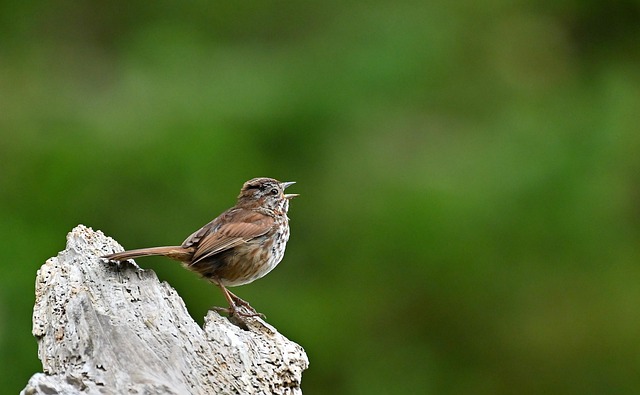
Landscaping is a powerful tool for maximizing property value in the real estate market. By incorporating techniques such as mulch application and drip irrigation systems, homeowners can transform their outdoor spaces into attractive, low-maintenance oases. Mulch not only adds aesthetic appeal with its rich colors and textures but also plays a crucial role in soil conservation, temperature regulation, and moisture retention, which are key factors that buyers look for in potential properties.
Drip irrigation systems, on the other hand, offer an efficient way to water plants, ensuring optimal hydration without wasting precious resources. This not only reduces water bills but also demonstrates a homeowner’s commitment to sustainability, a growing priority among real estate buyers. A well-landscaped property with thoughtful irrigation and mulch applications can significantly enhance curb appeal, making it more desirable for prospective purchasers in the competitive real estate market.



